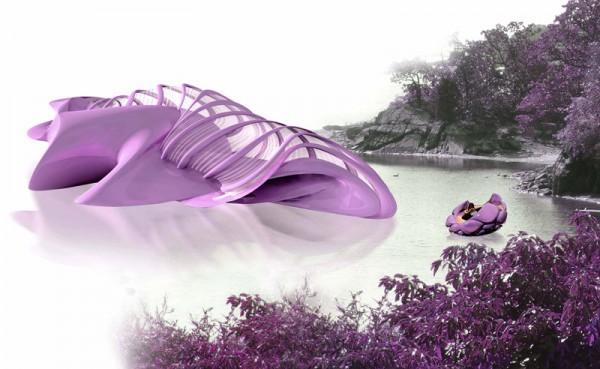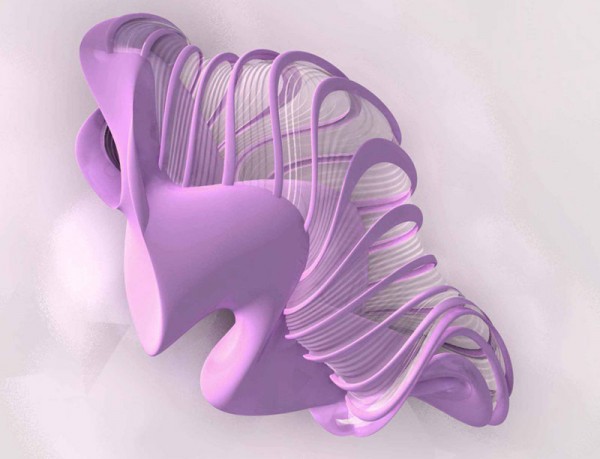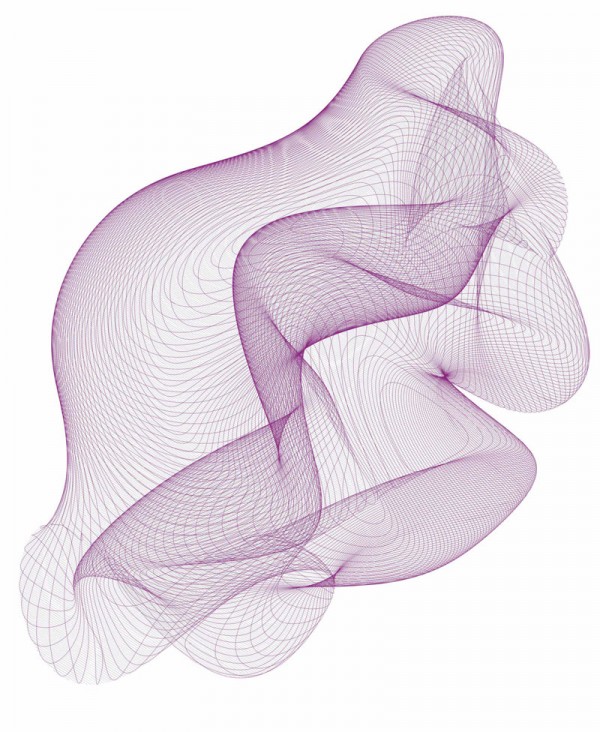Special Mention – 2007 Housing Competition
Project by: Joseph Choma
Architecture Redefined
All throughout history people have attempted to redefine the basic meaning of life. How do you design for the future? What is the future of housing? When looking back on history, pre-fabrication became a popular process of mass production of similar units that could be easily assembled. This process was invented during the industrial revolution when it became crucial for guns to have inter-changeable parts. Now, in an era of mass customization what does being pre-fabricated really mean?
In the past, machine like processing has always had a direct correlation to human musculature, and making things easier and quicker to build. Could a machine be based on conscience instead of muscle… like a computer science program?
Changing the role of the architect is a possibility as well; instead of an architect designing a specific building, the architect develops the interface for people to interact with. This design machine creates a constraint and a new born freedom. The design machine becomes the interface system with which home owners can customize a home without an architect by their side.
Computation based design and morphological processes allow for many different kinds of variations and mutations which can easily adapt to different constraints set forth. What will tie these iterations together? The answer is topology. Houses written of the same base original equation will always have the same topological relationships, even when it is mutated, as long as the equation is always additive, without subtraction of original elements. The Classic Klein Bottle seems like an ideal topology as it already begins to create openings and spatial continuity. The way in which it is one continuous surface suggests certain structural performances.
What kinds of spaces will be in this mutated Klein bottle? The machine will not design bedrooms, family rooms or any specific programmatic room. Instead, a home will consist of soft spaces, hard spaces, transparent spaces and wet spaces. Depending whether a surface is sin-clastic or anti-clastic will determine what kind of structural system will be implemented.
Another question that one must consider when designing for the future is where people will be living in the future. How can one develop a new lifestyle of the future? With global warming increasing and dense populations continuing to rise, where will people live? With fewer desirable climatic regions and with an increase in population, the areas of inhabitable land diminish. The new suburbia will not be on land but on water. Mobile house ships may become the lifestyle of the future.

















